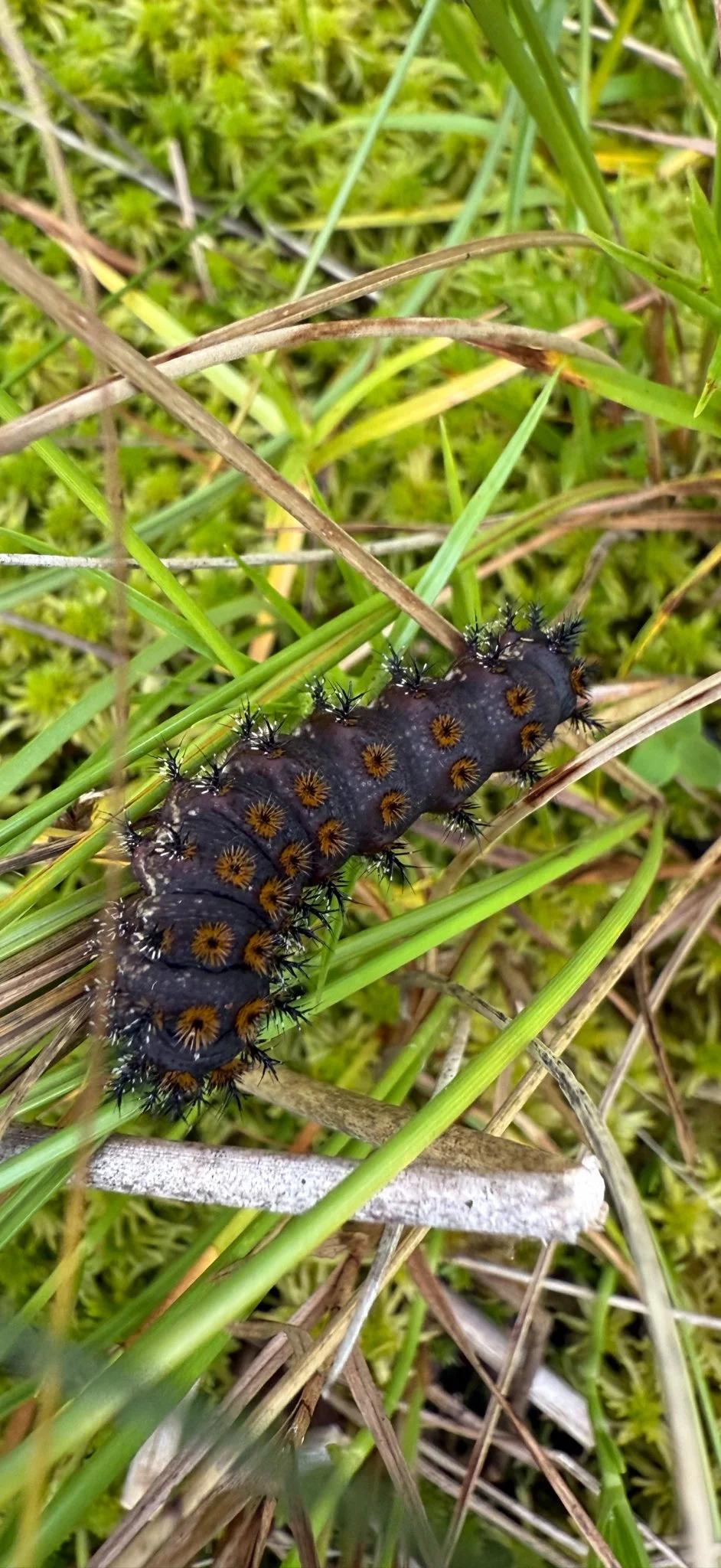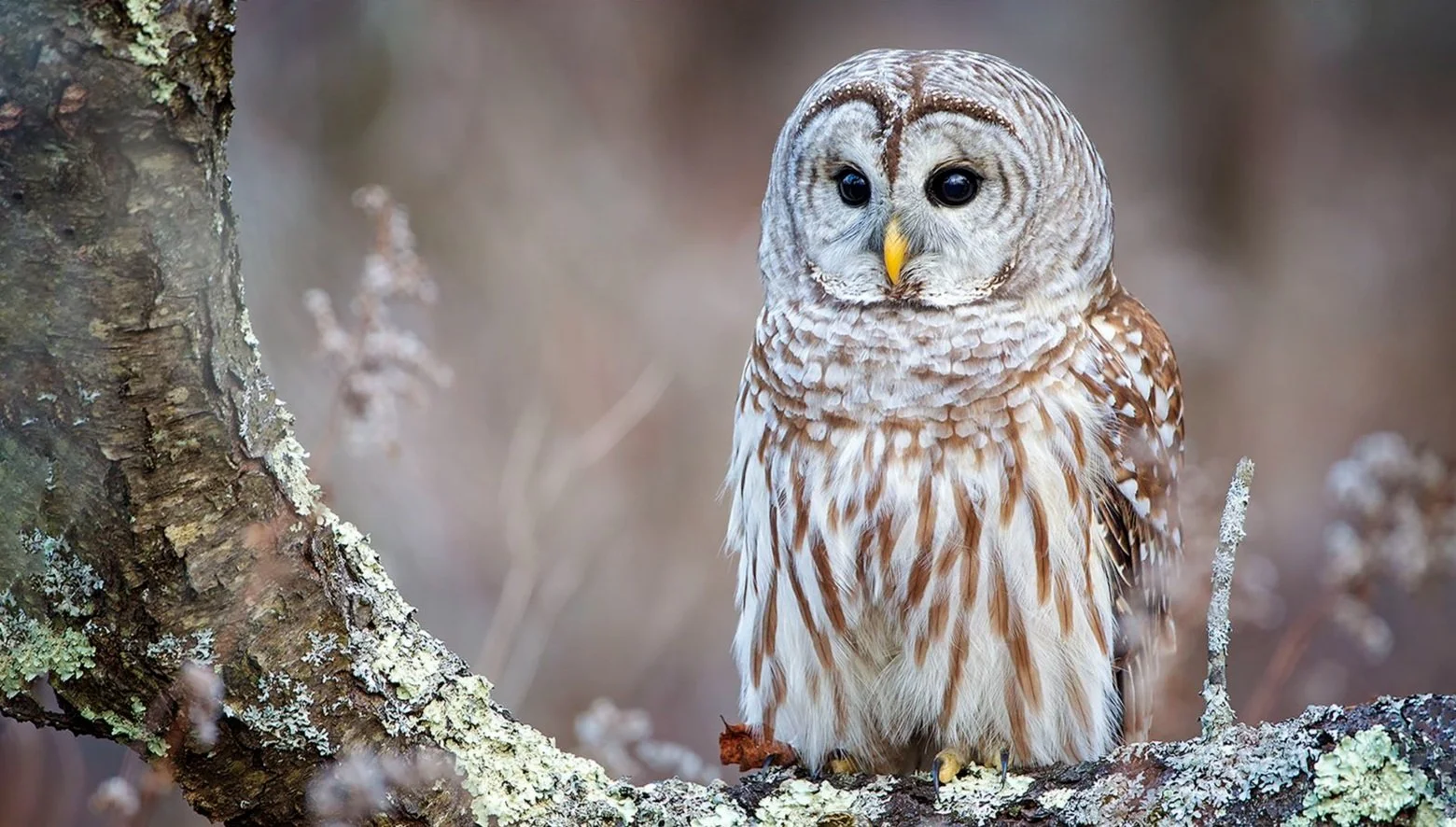Faville Grove Sanctuary’s
Friday Feathered Features
This weekly blog series that focuses on a bird species, project, or event that is timely, interesting, and fun! The write-ups alternate between sanctuary teams. Below are some of the most recent articles written by Faville Grove Sanctuary’s land steward. You can enjoy all of Faville Grove’s FFF posts here or read all Friday Feathered Features here.
Faville Grove Sanctuary’s most recent features
After migrating over 2,500 kilometers from the Arctic tundra, Snow Buntings make agricultural fields and burned prairies in Wisconsin their home from now until next April.
photo by Andy Reago & Chrissy McClarren
This summer, Faville Grove Sanctuary partnered with the Wisconsin DNR as part of the Wisconsin Bat Program to learn more about the bat species using our landscapes and what their presence reveals about our restoration progress.
photo by Andy Reago & Chrissy McClarren
Earlier this summer, during a botanical field trip into one of Faville Grove Sanctuary’s bogs, one of our interns stopped abruptly. “What is that?” he asked, crouching over a patch of sedges.
photo by Jeff Steele
The elegant Great Egret is one of the most striking birds in Faville Grove’s wetlands—a tall, statuesque hunter clad in pure white feathers, moving with deliberate grace.
photo by Courtney Celley/USFWS
If you’ve wandered through the prairies at Faville Grove in summer, especially along Prairie Lane, chances are you’ve heard a buzzy, rhythmic “see-see, dic-dic, ciss-ciss-ciss,” ringing from the tops of prairie plants.
photo by Jeff Steele/SoWBA
While their more famous cousin, the Baltimore Oriole, gets most of the backyard bird buzz, Orchard Orioles offer a subtler, equally rewarding spectacle.
USFWS photo
Each spring, the prairies of Faville Grove Sanctuary come alive with one of nature’s most unique bird calls—the bubbling, metallic song of the Bobolink (Dolichonyx oryzivorus).
Photo by Jeff Steele
That unmistakable song—often translated by birders as “Spring is here!”—belongs to one of our most charming (and most threatened) grassland birds.
Photo by Jeff Steele
One of the most abundant songbirds in North America, the Yellow-rumped Warbler is a welcome and familiar sight in woodlands, parks, and backyards.
Photo by Jeff Steele
The Wood Duck marks the arrival of early spring with the male’s vibrant plumage, displaying iridescent purple-green hues. This welcome sight stands out against the otherwise drab landscape, making it a favorite among birdwatchers.
Photo by Jeff Steele
As I make my way around the frozen Kettle Pond at Faville Grove Sanctuary, flocks of American Tree Sparrows flutter from weed patch to weed patch, foraging along the snow-dusted ground and knocking seeds loose from the tops of dried plants.
Photo by Kelly Colgan Azar
The Dark-eyed Junco returns to Southern Wisconsin as the first dustings of frost glint in the morning light, and the prairies’ colors settle into the tawny hues of late fall.
Photo by Andy Reago & Chrissy McClarren
Flying low over the floodplain prairies at Faville Grove Sanctuary, the Northern Harrier silently scans and listens for prey.
Photo by Grayson Smith/USFWS
A familiar noise from the woods for much of the summer and early fall in Wisconsin is the distinctive pee-a-wee of the Eastern Wood-Pewee.
Photo via Pixabay
Anyone who’s ever heard the distinctive mewing of the Gray Catbird will quickly understand why the name fits.
Photo via Pixabay
A sleek and impressively designed bird, it’s no surprise that Tree Swallow exhibits such grace and skill in flight.
Photo by Arlene Koziol
Present but elusive, the Sedge Wren inhabits areas of dense vegetation within wet prairies and meadows, upper edges of marshes, and sphagnum bogs. Too deep into the marsh and you won’t find them.
Photo by Arlene Koziol
Indeed, the Great Crested Flycatcher has been known to nest even in buckets and cans, in addition to its most typical location—tree cavities.
Photo by Andy Reago & Chrissy McClarren
A stout songbird that commands attention with its striking appearance, the Eastern Kingbird sports a black head, back, and tail, contrasted by a crisp white underbelly and a distinct white band on the tail.
Photo by Courtney Celley/USFWS
The Northern Flicker is a dazzling, common woodpecker that can be found in most of North America. They’ll drum on trees similarly to other woodpeckers, but spend most of their time foraging for insects and larvae on the ground.
Photo by Courtney Celley/USFWS
At Faville Grove Sanctuary, American White Pelicans announce their return from southern coastal waters in large flashes of white above the Crawfish River.
Photo by Andy Reago & Chrissy McClarren
now is a great time to be on the lookout for the intriguing display of the American Woodcock, whose migration back from the gulf states in the coming month or so marks a classic rite of spring.
Photo by Peter Rea/USFWS Midwest
Mid-January, I was lucky enough to take a trip to Costa Rica with my family. Found there is one Earth’s most critically important ecosystems—the mangrove forest.
Photo by Arlene Koziol
This week, I’d like to focus on a species observed by our other Christmas Bird Count group, a bird who always looks like it just lost a bar fight: the Red Crossbill.
Photo via Pixabay.
We were looking for a bird who may usually only be seen in Wisconsin in the winter, and who exhibits brutal behaviors for a small songbird. Soon one was spotted perching atop a tangle of shrubbery—the Northern Shrike.
Photo by Mick Thompson
An ever dependable sound of winter is the drilling, drumming, and knocking of our industrious non-migratory woodpeckers. Charisma and conspicuousness is a recipe for intrigue, and woodpeckers have these in excess.
Photo by Phil Brown
Being from the east (relative to Oregon), any opportunity to hear or see a North American owl is exciting, barred or otherwise. However, this is not the case out west, where the Barred Owl is reviled as an invasive species.
Photo by Phil Brown
We’re in full-swing of fall seed collection, and goldfinches are in full-swing of fall seed eating. We frequently find ourselves crossing paths with them in our search for native seed, and the goldfinch often wins out.
Photo by Mick Thompson
As a crafter, a baker, and a gardener, I love a good before-and-after project… What is more satisfying than total transformation as a result of your vision and hard work? That feeling is magnified—exponentially—when we’re talking about land restoration.
Photo by Brenna Marsicek / Madison Audubon
Banner photo: Hepatica by Drew Harry


































Now that the hush of winter is falling over the landscape, birders yearn for the chirping symphony of spring. But the bare trees and quiet air provide an opportunity for some more discreet birds to shine, such as the Brown Creeper.
photo by Andy Reago & Chrissy McClarren